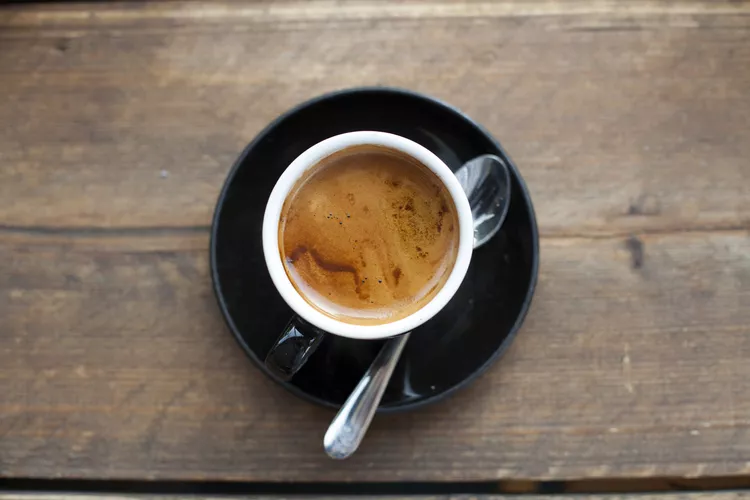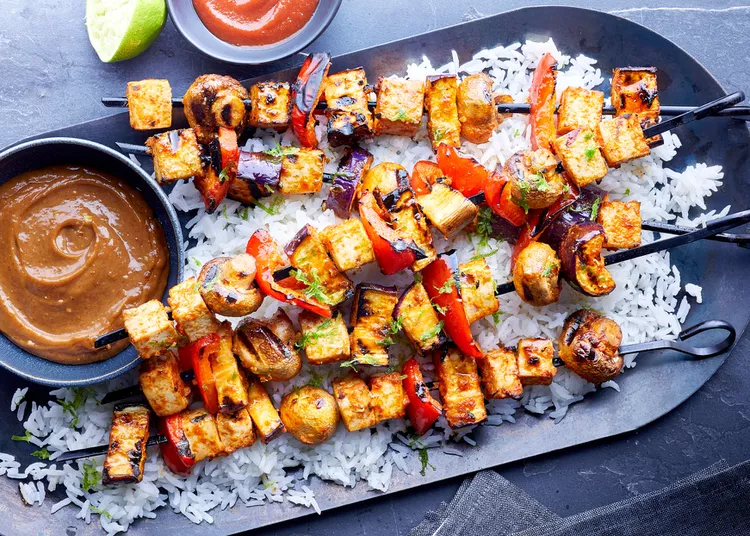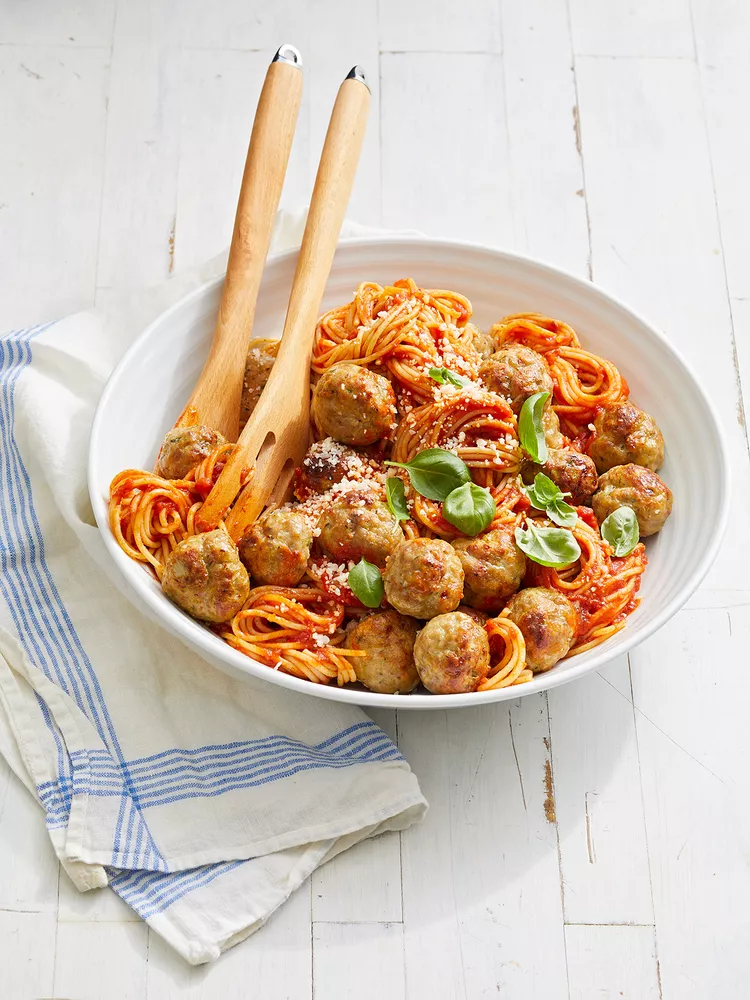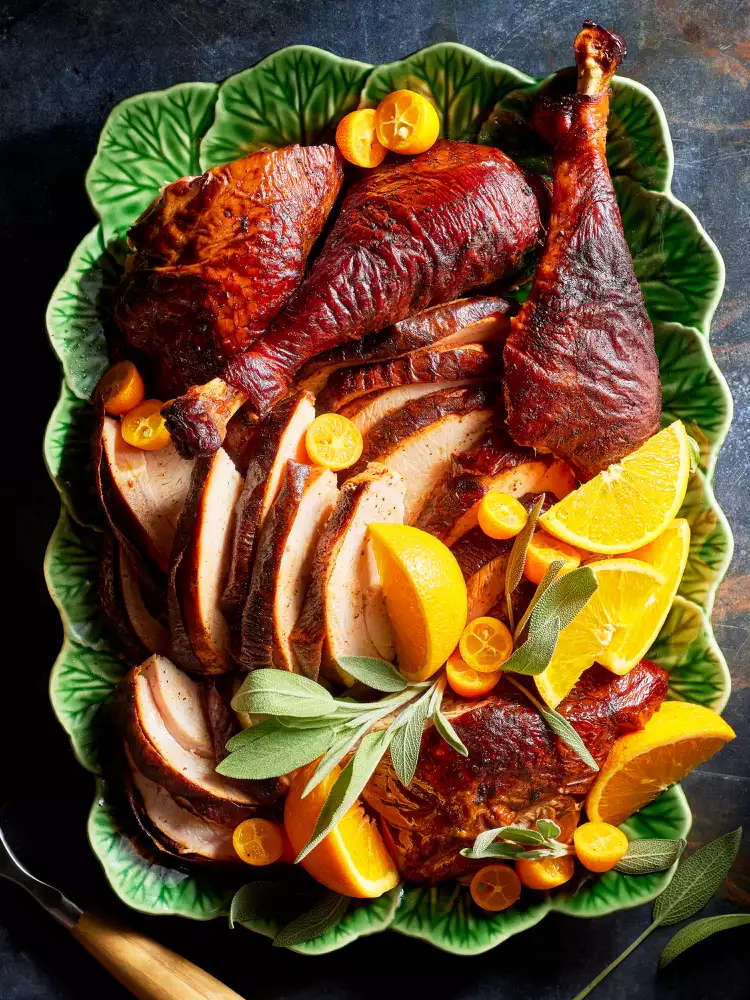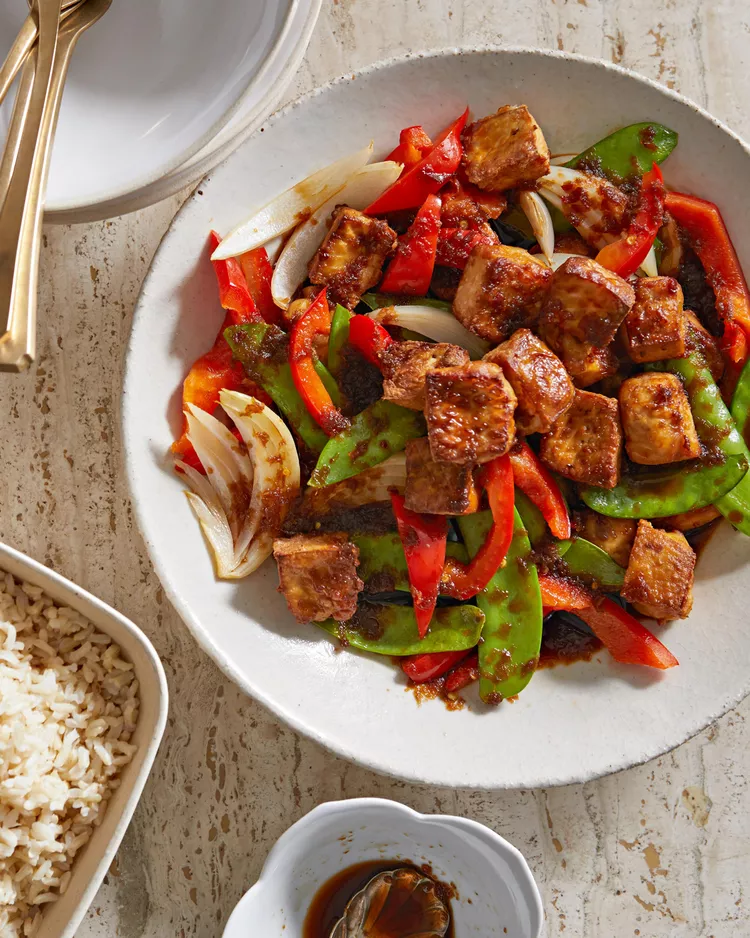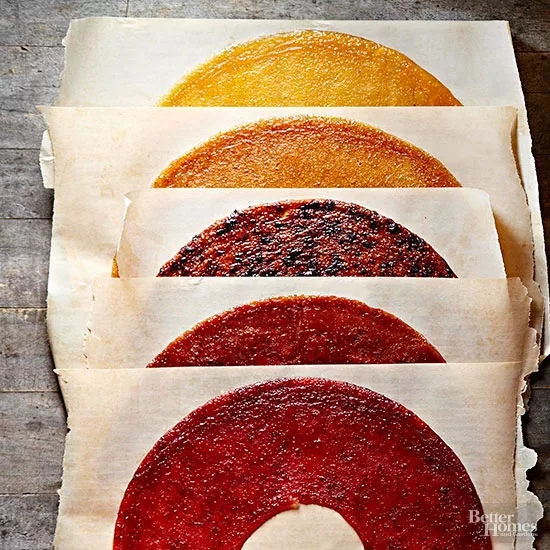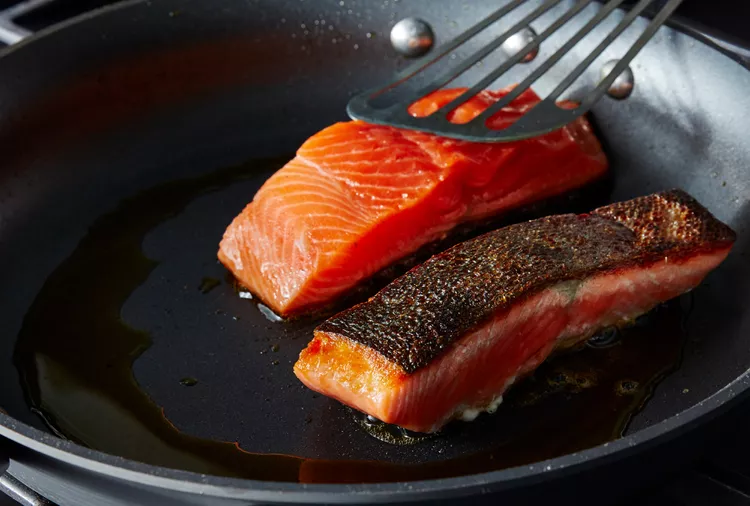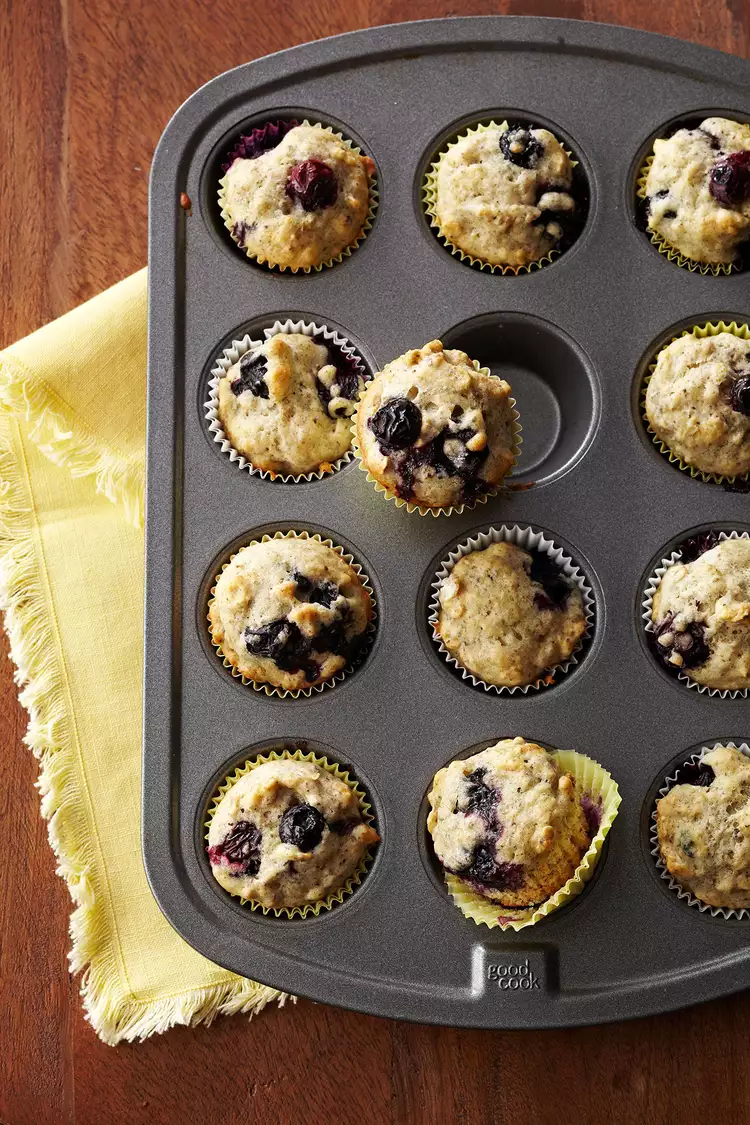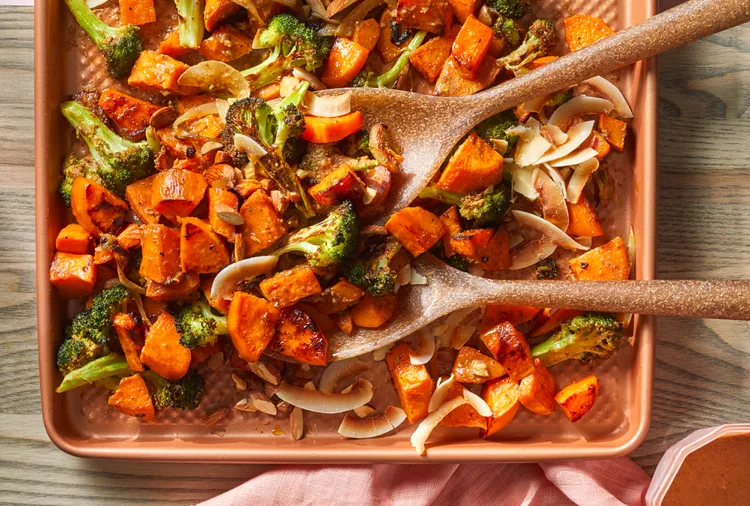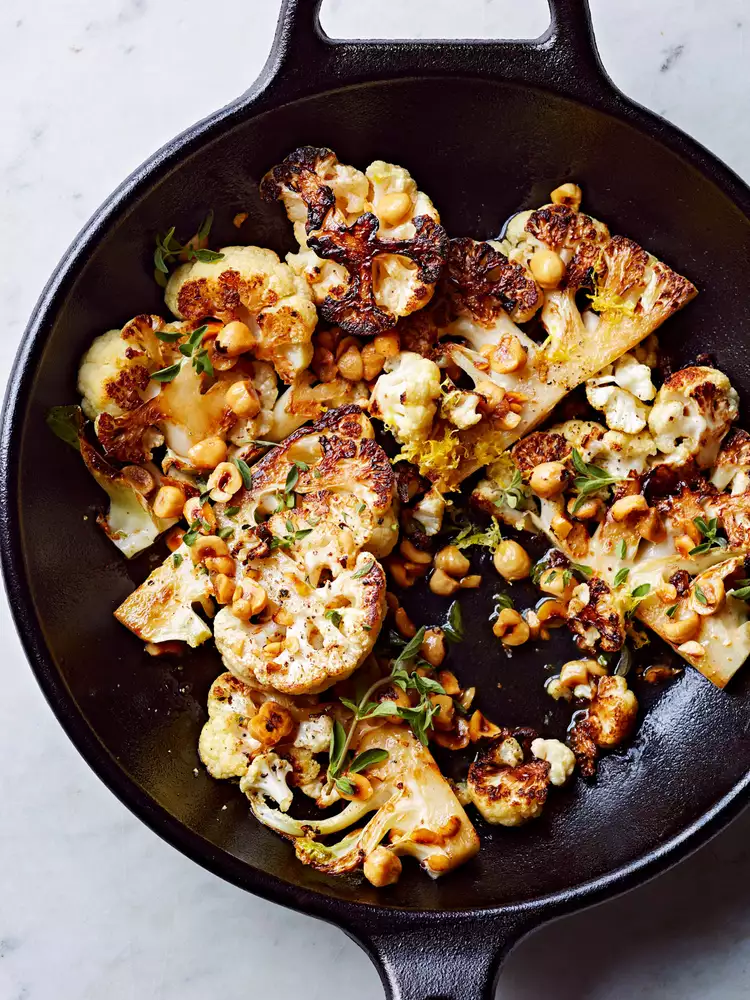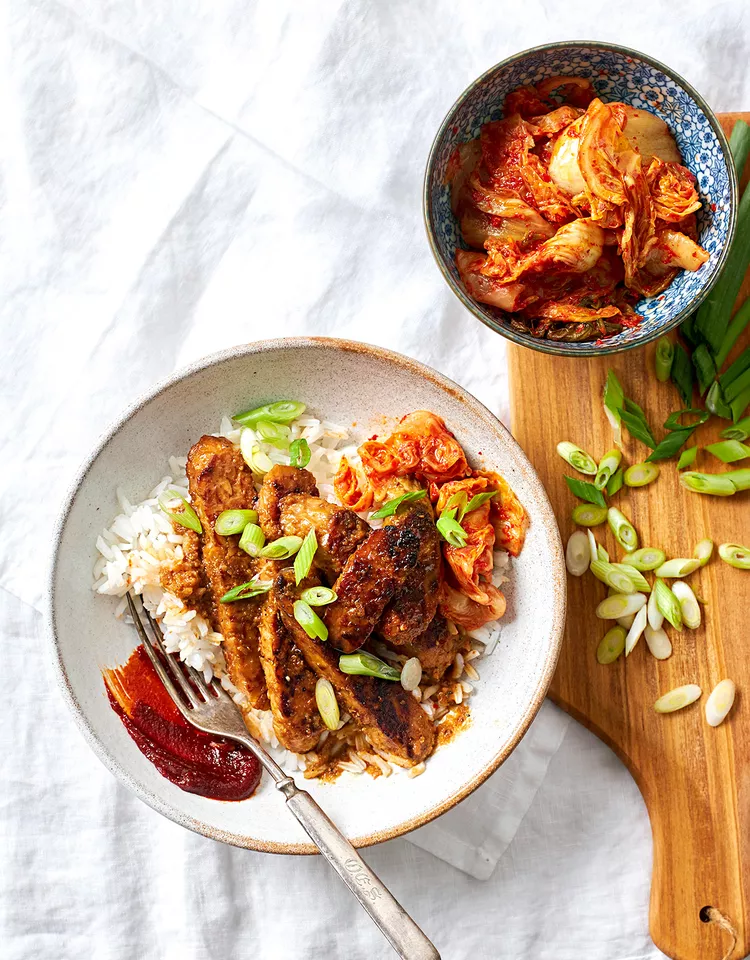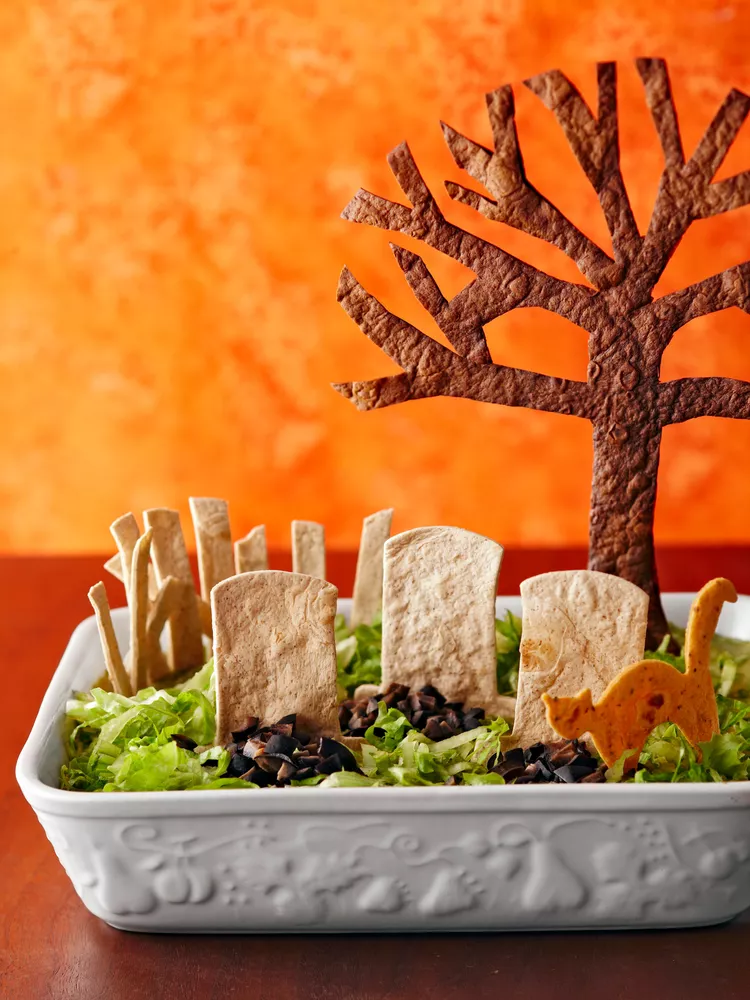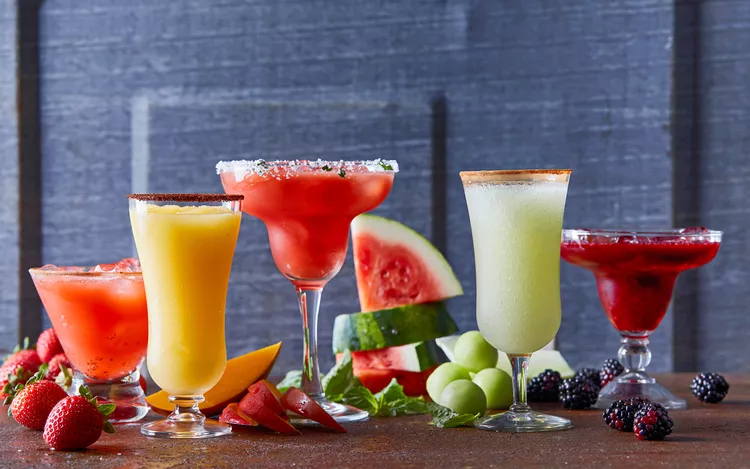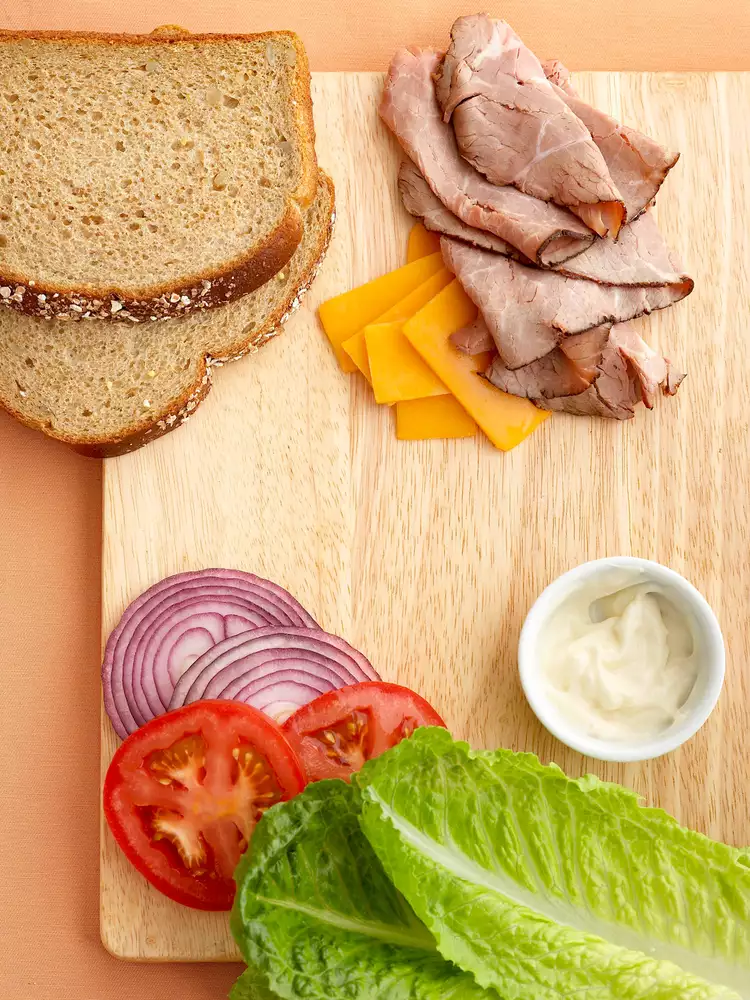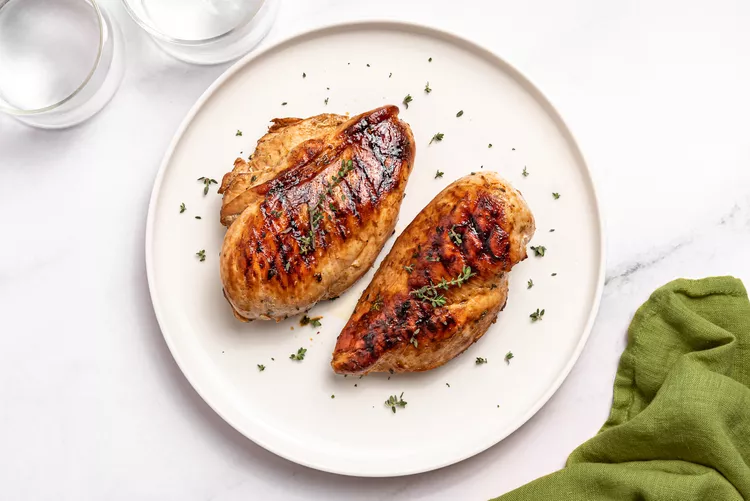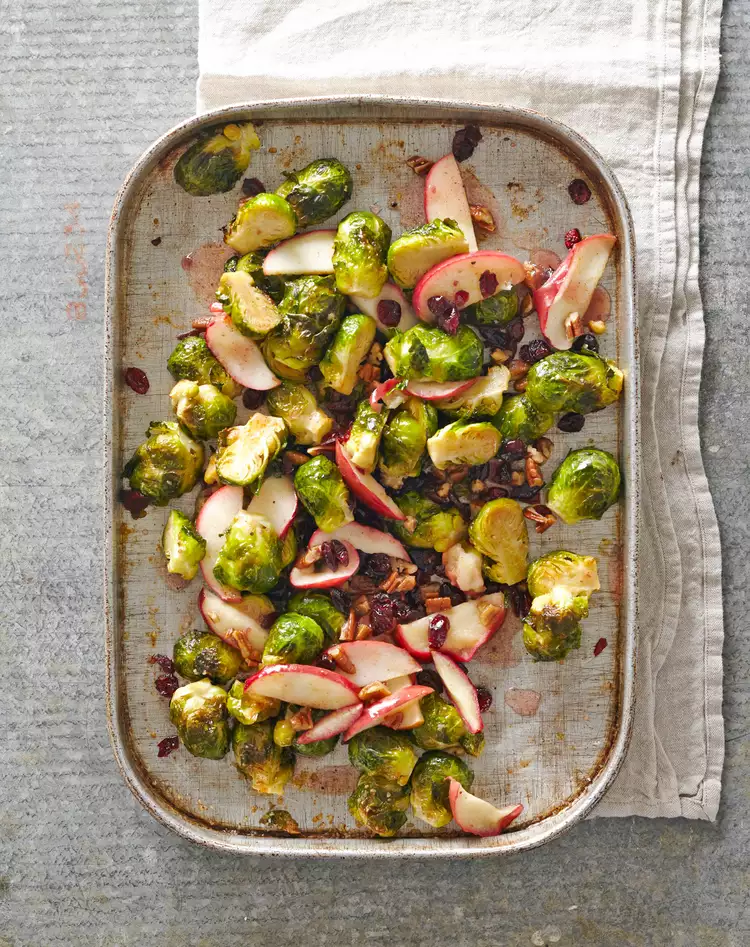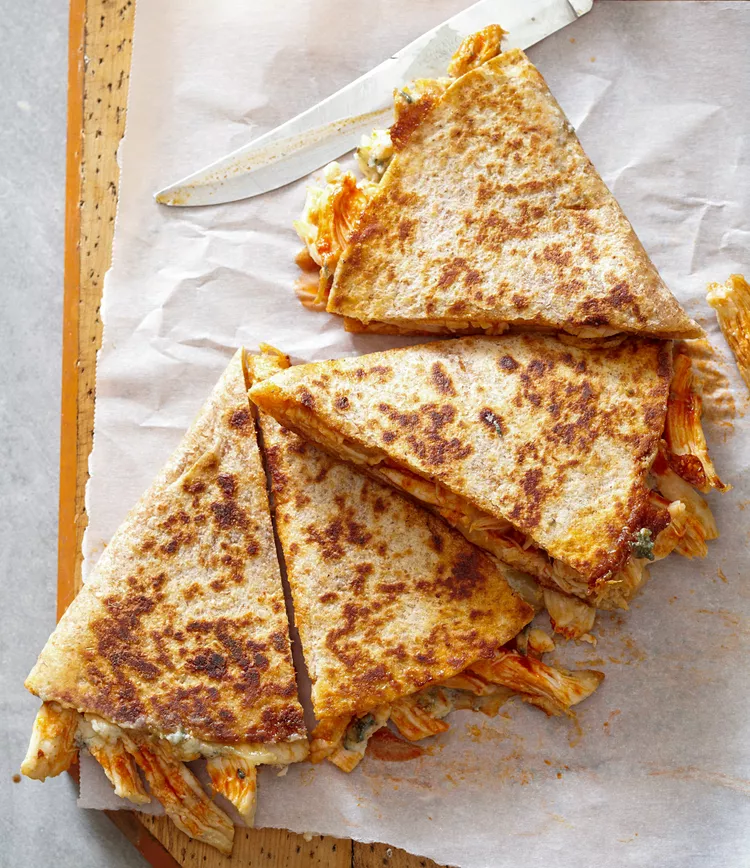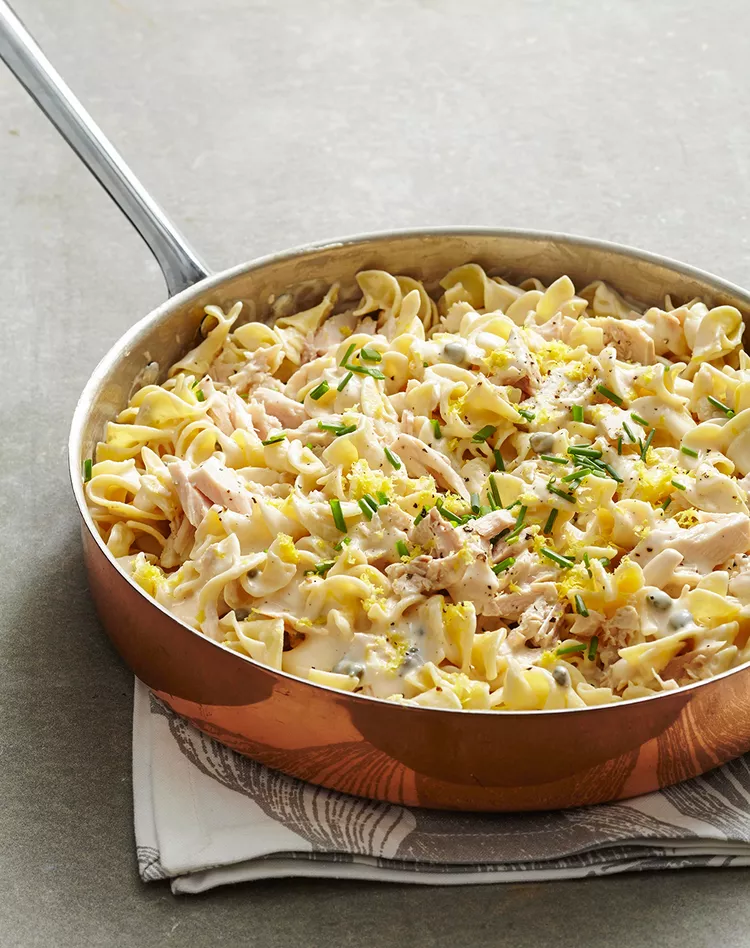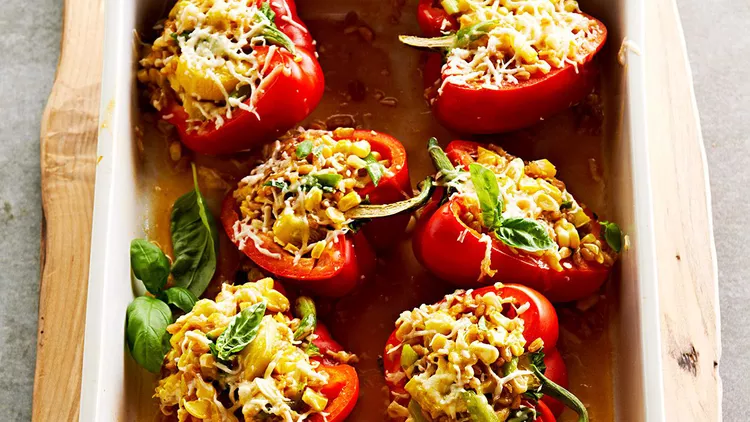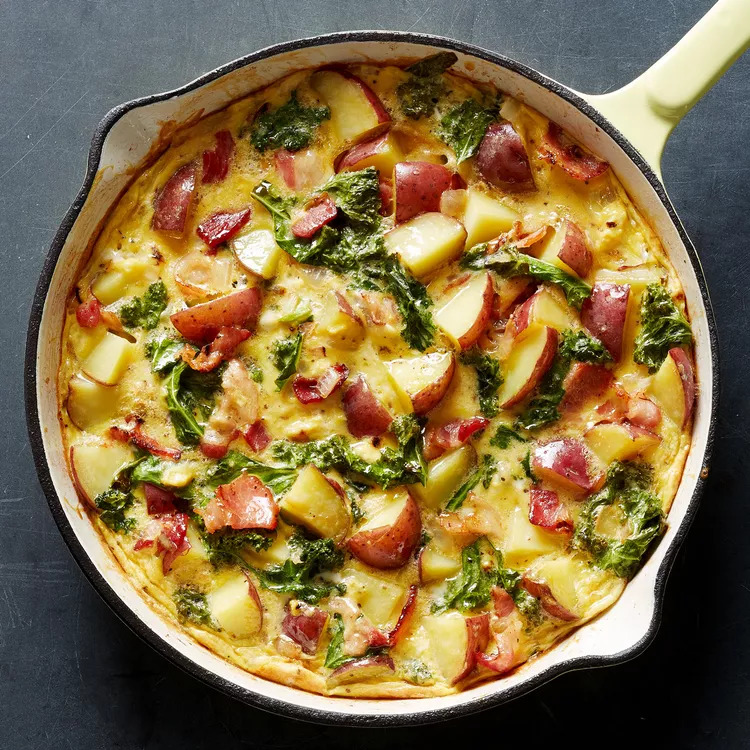You see it on café and restaurant menus often, and perhaps you’ve even ordered it before. But do you really know the answer to, “what is an espresso shot?” This isn’t a trick question, but a shot is actually just the start. As you consider, “what is the difference between coffee and espresso?” you realize espresso is a type of coffee, true. (More on this shortly.)
Espresso shots are just the beginning, though. They’re the foundation of many popular coffee shop drinks, from mochas and macchiatos to cappuccinos and cortados. And you can cook and bake with espresso powder to add a lovely complex richness to sweet and savory recipes.
Read on for our complete guide to espresso, including how to shop for the coffee product, how to make espresso, where you can find it on menus, and how to cook with espresso.
What Is Espresso?
Espresso (ess-PRESS-oh) shots originated in Italy during the early 1900s and are still popular there—and now, around the globe as well. Espresso is a type of coffee made using beans from the same plant as classic coffee, and those beans are even processed and roasted in the same way. So, what is espresso, and how is it different from coffee? It all boils down to the grind size and the preparation.
Espresso is made with a 1:2 ratio of finely ground coffee beans and water. Pressurized hot water flows through those ground beans to make espresso, resulting in a very concentrated drink. Since espresso is made without a filter and the oils of the beans are infused into the finished product, espresso's texture is creamier than a traditional cup of joe. Those oils play a role in "crema," the layer of air bubbles that team up to make a lighter-colored foam that lends to the signature flavor of espresso. That flavor, by the way, is rich, strong, bitter, acidic, lightly sweet, and toasty with a long finish.
Coffee is made with a coarser grind, and the water flows through those beans under less force. A cup or pot of coffee is typically made with a 1:16 ratio of beans to water.
While you can technically make a shot of espresso with pre-ground coffee beans for drip or pour-over coffee, it’s not ideal. Doing so will yield espresso that’s weaker and crema-shy or crema-less. No need to shop for a different bean or roast if you have a favorite, though. Simply buy the beans and grind them fresh into a fine consistency. Light, medium, or dark roasts all work fine for espresso; just keep in mind that the lighter the roast, the more acidic the finished product. (If you’re wondering, “What is a blonde espresso?” it’s just espresso made with lighter roast or “blonder” beans.)
An average single shot of espresso has about 64 milligrams of caffeine. An 8-ounce cup of coffee, for comparison, has approximately 95 milligrams of caffeine, according to USDA estimates.
How to Make Espresso
You can order espresso after dinner at many restaurants or to kick off your day at nearly every coffee shop. It’s also possible to master how to make espresso at home. To try it yourself with a home espresso machine:
- Finely grind your favorite coffee beans.
- Add this ground coffee to the portafilter (AKA group handle), and use the tamper to press the coffee down until flat, even, and compressed.
- Place the portafilter into the espresso machine, position a cup under the drip spout, and press “start.”
- Once the espresso has completed dripping into the cup, you’re all set to sip.
No espresso machine? Try this espresso technique with a French press.
- Finely grind your favorite coffee beans to yield ½ cup (36 grams).
- Heat ¾ cup water plus 2 tablespoons water (205 grams) to between 200 and 205 degrees F.
- Add the ground coffee and hot water to a French press and let it steep for 4 minutes.
- Press the plunger down and pour for a double shot or two single shots of espresso.
Even though the finished product of either of these methods for how to make espresso is called a “shot,” it’s not designed to be poured back like a spirit. Espresso is intended to be savored in a demitasse cup, essentially a mini mug, and is a slow sipper. That way, you can enjoy the deep, roasty flavors. Sometimes, espresso shots are served with a sugar cube, lemon twist, or small cookie.
What Coffee Shop Drinks Are Made With Espresso?
What is espresso used for in other coffee drinks? Espresso is the foundation of many popular coffee shop drink recipes, including:
- Americano: Mix one part espresso with three parts hot water.
- Macchiato: Combine one part espresso with one to two parts milk; finish with a small amount of milk foam topping.
- Mocha: Mix equal parts espresso and hot chocolate; finish with a milk foam topping (psst…here’s how to make cold foam just like a coffee shop).
- Cappuccino: Layer one part espresso, one part steamed milk, and one part milk foam.
- Latte: Combine one part espresso with four parts steamed milk; finish with a milk foam topping.
- Flat White: Mix one part espresso with three parts steamed milk.
- Cortado: Combine one part espresso with two to four parts milk.
- Espresso Tonic: Stir together one part espresso with two parts tonic water. Serve over ice.
- Shakerato: Combine ice, espresso shot(s), and your sweetener of choice in a cocktail shaker, then shake vigorously to mix. (If you’re wondering “what is a shaken espresso” because you’ve seen it on the Starbucks menu, this is it! Starbucks is just a variation on the shakerato theme with a splash of milk or cream.)
Recipes With Espresso
Beyond espresso shots and coffee shop beverages, espresso powder and brewed espresso can perk up edible recipes, too. If savory is your style, try Espresso-Rubbed Steak with Green Chile Pesto or Espresso-Braised Beef for dinner this week. More of a baker? Our Caramel-Coffee Snickerdoodles, Coffee Shop Custard, Chocolate-Espresso Spritz, and Pumpkin Spice Latte Bundt Cake with Whipped Cream are calling your name. And if you're sweet on sugar but prefer to leave your oven off, try our fan-favorite Chocolate-Espresso Tiramisu or Spicy Chocolate-Espresso Cake Pops.
How about espresso cocktails? We have espresso martini recipes, frozen or traditional. You can buy a premixed version for a quick espresso martini fix, and if you're feeling adventurous, try a little Parmesan cheese on top of it. And if you need help learning how to make an espresso martini, there may be a Starbucks Reserve near you where you can get lessons from an expert.
